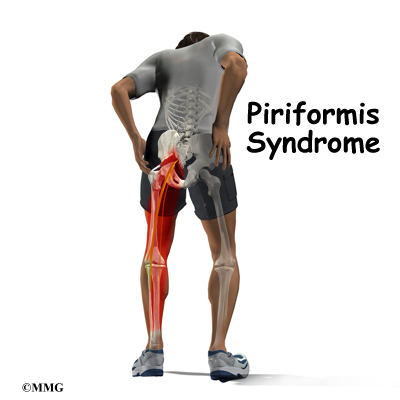
In the world of technology, the machines are becoming advanced and addictive up to a level that nearly 70% of your active daily time goes into it. Neck pain is as common as Low back Pain since both of them mainly originates from poor lifestyle and reduced physical activities. I see number of patients suffering from Bad Neck Pain and still keen on wanting an X-RAY or MRI scan because they really wants to see what has gone wrong with them. And the kind of reports which comes out after scans keeps them scared for life.
"So many studies have shown that Xray or MRI changes are normal after a certain stage of life even in people with NO PAIN"
Most people consider X-RAY or MRI Scan reports as their diagnosis further complicated by their doctors because they almost stamp the reports to be true. And you start believing in the terms like Cervical Spondylosis, Degeneration, Reduced disc space, loss of cervical curve etc.
What else can be done in 5 min checkup time with your doctor?
You can only prove me wrong if your doctor has examined you thoroughly and tried looking for reasons beyond what investigations are pointing towards. Remember, your reports always quote in the end " This is not a diagnosis, Please correlate clinically". A thorough checkup easily needs 30 min duration to carefully examine all possible reasons which may cause you pain. Identifying the source of pain is as important as your treatment so that you are not misguided towards ineffective solutions to your neck pain.
If you are wondering what else can cause you pain other than what your investigations had so far revealed, then read further down as this can be an eye-opener article for you.
My First question to you, if you have a NECK PAIN :
HOW bad you are with your sleep?
DO you feel stiff and painful with your neck in the morning?
DO you find your pain worse on the days when you do not sleep enough?
Your sleep quality is directly linked to pain and stiffness in the neck. Good sleep is almost like a restart to your body system ( including hardware- joints and muscles / software- mind and nervous system). Sleep helps recovering from all day stress which your body and mind has gone through. Minimum 7 hours sleep is the baseline for healthy sleeping time including minimum 2 hours of deep sleep.
My second question to you to observe carefully:
Does your pain aggravates from long hours of prolonged sitting at home or work?
Do you think your bad posture is responsible for your pain?
Is your pain better on the days when you are active with less sitting?
From years doctors have blamed your poor posture for your neck pain. Blaming your bad posture is overrated as no one can sit in good posture for long as it requires enormous strength from the muscles to keep you upright nonstop.
If you do not move enough then even an upright sitting can trouble you equally.
"Your muscles need more blood to survive better"
Keeping yourself inactive for so long makes your muscles stressful and then it doesn't matter even if you try attaining a good posture. So it is not your posture which makes you suffer with strained NECK. Blame your long hours of sitting which reduces blood flow to the muscles and makes your joints feeling stiff.
My third and the last question you need to think about:
Do you feel your mind gets stuck with thoughts making you worry constantly about random things?
Do you find increased neck pain on the days when your mind is overworked?
Does your neck pain has started giving you emotional response like crying, tensed, irritated etc?
Stress has started bugging our daily life and it has become almost epidemic. We all try to hide our disturbing thoughts and keep them alive in our mind. Generally we all are forgetting / hiding to share as we are scared of letting people know what we think. This huge collection of disturbing thoughts gives emotional response but also a physical response which we don't believe it can. Your neck pain can be an expression of stressful thoughts running in your mind (oh! sorry stuck in mind because running is still better).
If you have a bad disturbing neck pain even more so if it is chronic; you should consider the following factors which alone or in association of your diagnosis and treatment can help you recover better:
SLEEP, PHYSICAL ACTIVITIES AND STRESS
If you want to find more about your neck pain or looking for a solution to resolve your condition effectively, feel free to comment below or contact me on below mentioned details:
Regards,
Dr. Kunal Vashist, PT
MPT (ORTHO), Manual Therapy
Dry Needling Practitioner
Movement Specialist (USA)
Conservative Pain Management Specialist
Email id : kvashist.physio@gmail.com
Contact Number: 9968302757
More than physio... Clinics








